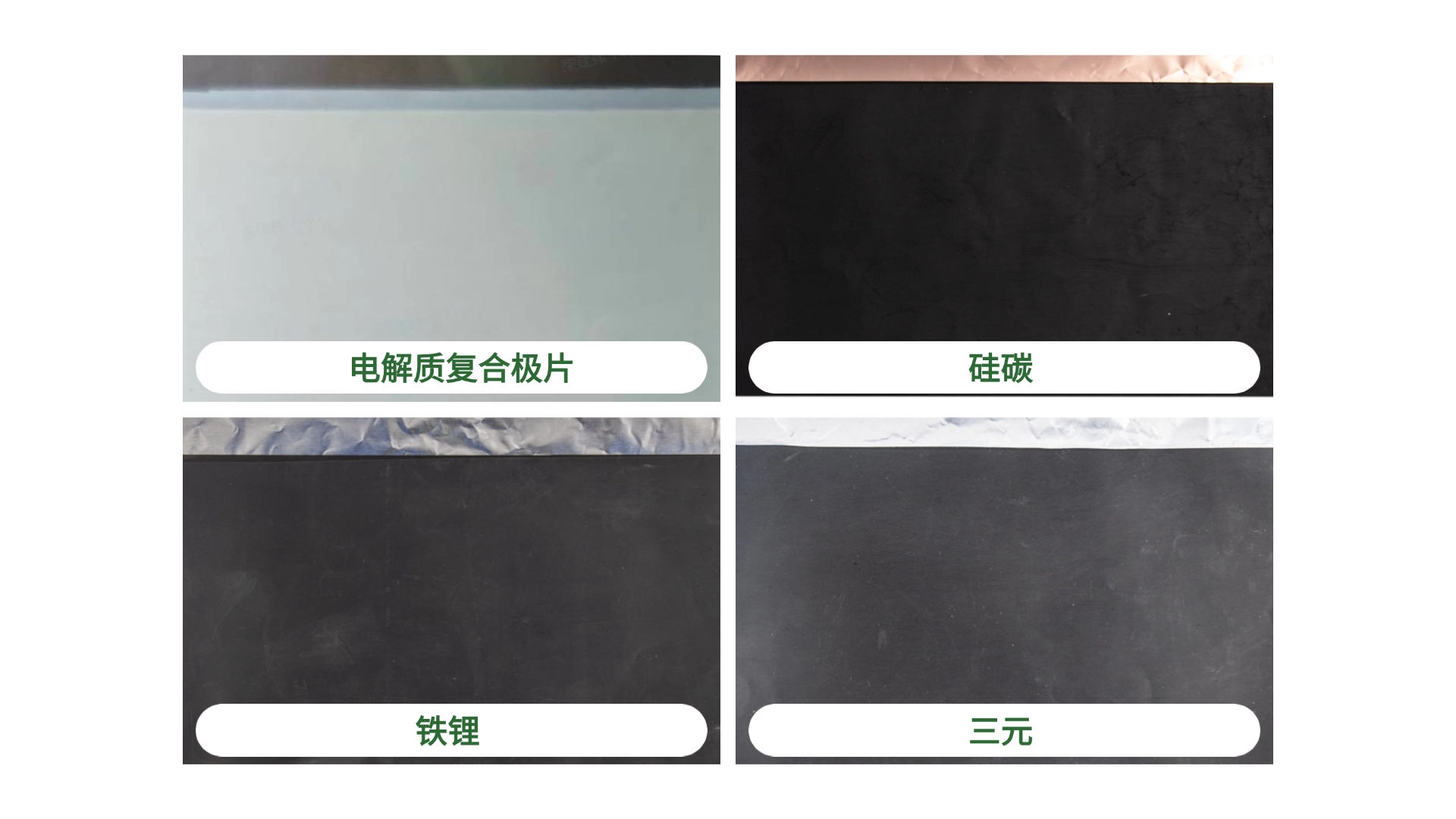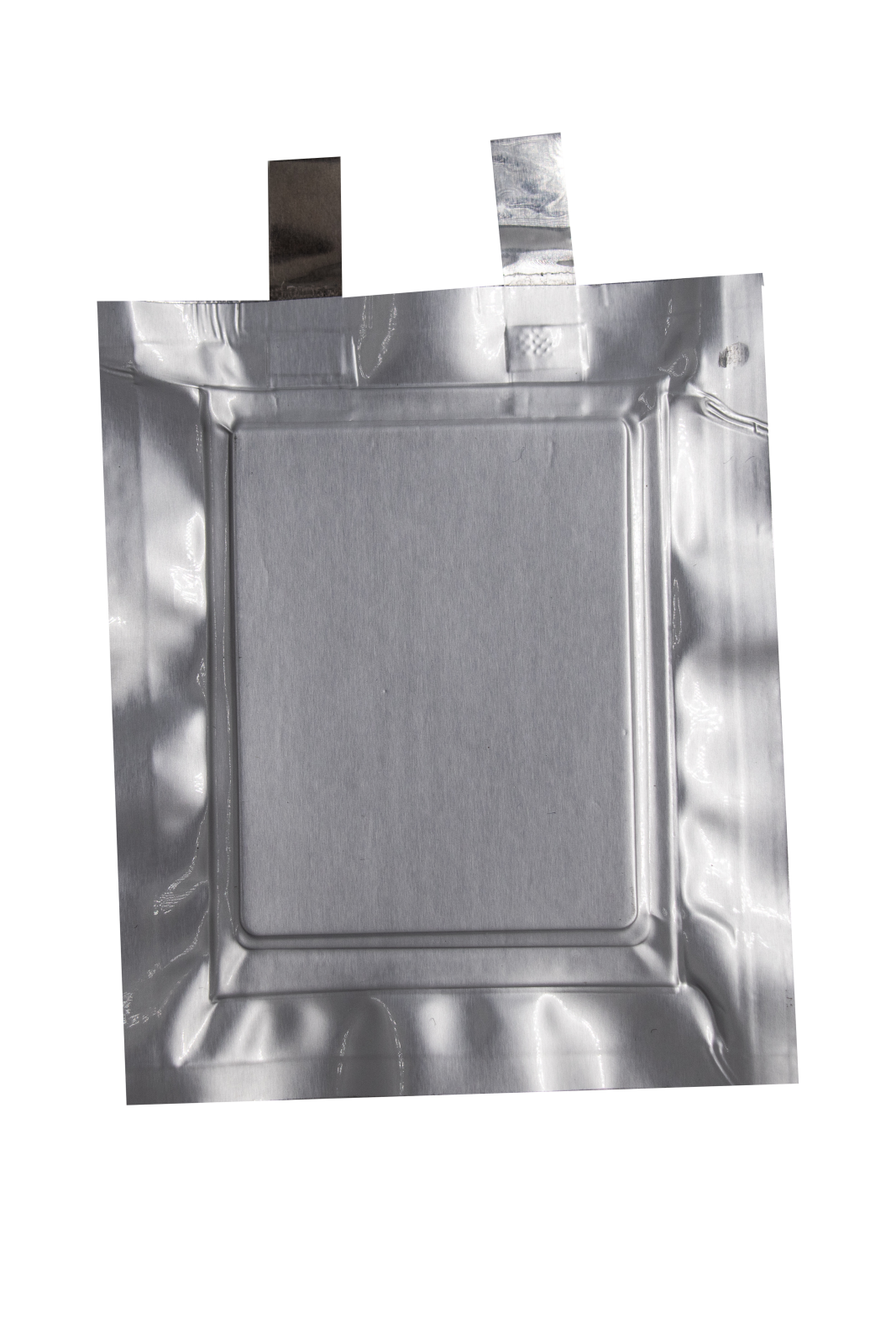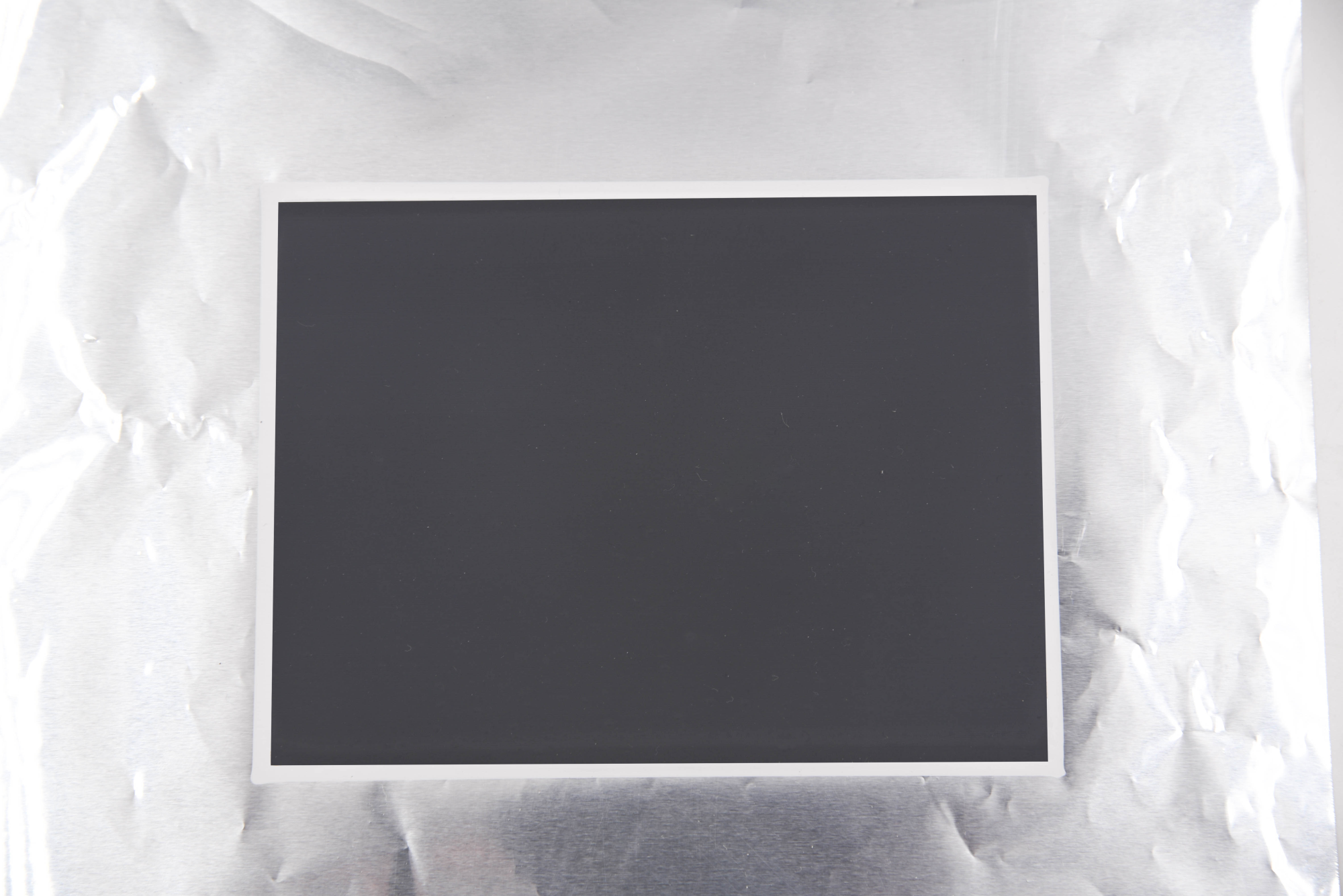Integrated preparation technology for all solid state battery cells

High precision 3D printing technology combined with intelligent manufacturing processes enables continuous stack manufacturing of positive electrode electrolyte negative electrode. Improve the solid interface compatibility between the positive and negative electrodes and the electrolyte, ensuring effective ion transport between the positive and negative electrodes and the electrolyte. Effectively reduce interface impedance, improve battery cycling stability and charge discharge efficiency.
Preparation technology of solid electrolyte composite electrode sheet

High energy and high-precision 3D printing (in-situ stacking) technology can solve the problem of in-situ preparation of double-layer and multi-layer wet slurries, by continuously printing single-layer or multi-layer electrolytes in situ on the positive/negative electrode surfaces. Effectively improving the poor compatibility between the positive and negative electrodes and the electrolyte at the solid solid interface, ensuring effective ion transport between the positive and negative electrodes and the electrolyte, and reducing interface impedance.
Preparation technology of lithium metal negative electrode

Lithium metal has a theoretical specific capacity of up to 3860mAh/g, which is much higher than the commonly used graphite negative electrode material in traditional lithium-ion batteries (372mAh/g). This means that under the same mass, lithium metal can store more electricity, thereby significantly improving the energy density of the battery. However, in practical applications, lithium metal is prone to damage due to its poor mechanical strength and easy adhesion, which limits its application. High energy data manufacturing has developed a lithium metal negative electrode forming machine to address the practical use of lithium metal. By designing an automated process and developing a special transport mechanism, the above problems have been solved, allowing lithium metal to be put into use in lithium-ion battery production lines.
Densification technology for all solid state batteries

In dry all solid state batteries with oxide, halide, and sulfide systems, the problem of poor solid interface compatibility is very significant. Poor interface contact between the positive and negative electrodes and the electrolyte cannot ensure effective ion transport between the electrode and the electrolyte, which may cause gaps or physical peeling, resulting in poor cycling stability and reduced charge and discharge efficiency of the battery. High energy data processing has developed battery densification technology to address this issue, which can effectively improve the interface contact between the positive and negative electrodes and the electrolyte, solving the above-mentioned problems.
Solid state battery cell hot pressing technology

The problem of poor solid solid interface compatibility in all solid state batteries is very significant. Although densification technology can be used to improve it during the cell preparation stage, the testing stage of the cell will experience certain volume changes in the positive and negative electrode materials, which can cause interface detachment and lead to rapid degradation of battery performance. High energy data manufacturing has developed hot pressing technology for solid-state batteries, which can provide stable and balanced pressure during the testing phase, suppress volume changes of positive and negative electrodes, maintain interface contact between materials, and ensure the stability of battery cell cycling.
Preparation technology of solid-state composite polarizer insulation frame

In solid-state batteries, there is an isostatic pressing process step. During the isostatic pressing stage after stacking the electrode plates, the electrolyte membrane is prone to folding in the positive electrode edge area due to external pressure and inter electrode interaction forces, which can damage the structural integrity of the electrolyte membrane and cause it to break, resulting in a short circuit in the battery cell. In order to solve this problem, High Energy Digital Manufacturing has developed a preparation technology for composite electrode insulation frames. High precision printing equipment is used to evenly print the edge sealing material around the positive electrode material, ensuring that every part can be completely covered by the edge sealing material without leaving any gaps or height differences. Eliminate the phenomenon of folding during the isostatic pressing process steps.
Preparation technology of solid-state battery dry wet combination

When preparing solid-state batteries by pure dry method, improving the interface problem of solid solid contact requires adding process steps; The preparation of solid-state batteries by pure wet method also needs to consider the selection of solvent system between positive and negative electrodes and electrolyte.
High energy numerical manufacturing has developed a dry wet combination preparation process technology, which can use dry method to prepare positive and negative electrodes and wet method to print electrolytes. This process technology route can not only improve the interface problem between positive and negative electrodes and electrolytes during the battery cell preparation stage, but also avoid solvent selection conflicts between positive and negative electrodes and electrolytes.
Preparation technology of wet dry combination for sulfide solid-state batteries

For customers who cannot determine the wet process sulfide halide solvent system, High Energy Data Manufacturing has developed a dry process technology and corresponding equipment specifically for preparing all solid state electrolyte membranes, which can achieve continuous dry process preparation of various electrolyte membranes, eliminating the development of binders and solvent systems, and better utilizing the high ion conductivity between halides and sulfides.
For customers who have identified wet sulfide and halide solvent systems, the high-precision wet 3D printing technology of High Energy Digital Manufacturing can achieve in-situ preparation of large format, ultra-thin electrolyte membranes, improve the interface contact between positive and negative electrodes and electrolyte layers, ensure ion transfer between positive and negative electrodes and electrolyte, reduce interface impedance, and improve battery cycling stability.
Diaphragm free laminated technology

There is no separator in all solid state batteries, so current stacked devices and technologies are not applicable. In addition, polymer based composite electrolytes are prone to adhesion, which affects the transport of composite electrodes and reduces the yield of battery cells. Based on this process issue, High Energy Numerical Manufacturing has developed new automated processes and special transport mechanisms to solve the above problems and achieve full adaptation of solid-state battery stacking processes and technologies.
Preparation technology of nano silicon negative electrode

Nano silicon negative electrode, due to its low density, light weight, high specific surface energy, and easy agglomeration, encounters problems such as difficulty in dispersing uniformly with binder materials and difficulty in causing PTFE fibrosis in dry process technology. High energy digital manufacturing has specially designed customized cutting heads and developed unique fibrosis processes to address these issues, which can complete the continuous preparation of dry film for nano silicon negative electrode, taking a big step forward in the application of nano silicon materials in batteries.
Solid state battery material system fully compatible

High energy and high-precision wet 3D printing technology has achieved the printing and preparation of ultra-thin polymer electrolyte membranes (below 10 microns), composite electrolyte membranes (below 20 microns), and sulfide electrolyte membranes (below 30 microns).
The high-energy dry electrode technology has achieved continuous dry preparation of oxide, halide, and sulfide electrolyte membranes, improving production efficiency while fully utilizing the performance of high ion conductive electrolyte materials such as halides and sulfides.
Lithium metal all-solid-state battery small test line the whole line equipment acceptance
2024-10-12Recently, High-energy Digital Manufacturing has completed the formal delivery of another lithium metal all-solid-state ba…The small dry test line of high energy all-solid state battery is officially launched
2024-10-12At present, the all-solid-state battery that has attracted much attention is at a high speed of development and has recei…High energy production of lithium metal all-solid-state battery pilot line
2024-10-12High automation, high precision and high efficiency of the high-precision lithium metal all-solid state battery pilot lin…High energy manufacturing main business
2024-10-12➣Battery 3D printing system equipment: Innovative battery preparation process, through the battery 3D printer to achieve…